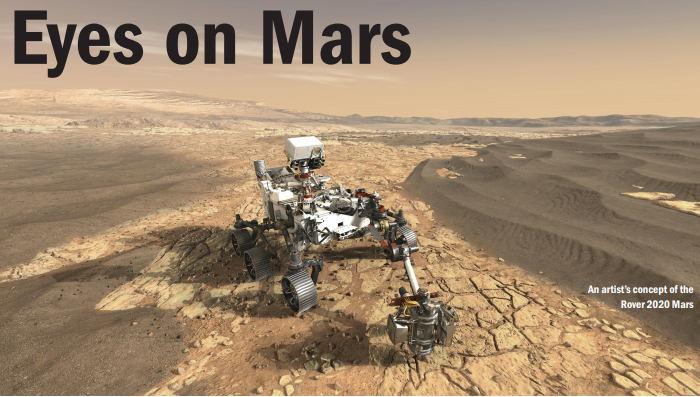Ophthalmologist Dr Ming Wang, the director of Wang Vision 3D Cataract & LASIK Center in Nashville, Tennessee, describes the rover’s array of visionary cameras and sensors as ‘incredible’.
‘This allows it to collect panoramic data from many sources including ahead and below. In this way, the vision in some ways significantly surpasses that of human vision, which is limited to a fairly narrow field left and right and up and down,’ says Dr Wang, who holds a doctoral degree in laser physics.
The 2020 vision system performed well in the test, he notes, adding that its robotic vision is designed to gather ‘gross information for navigation’. The system focuses more on volume and data integration than exact resolution, because navigation does not require total exactitude.
Anyway, robotic vision is ‘an evolving field’, he says, adding that it is exciting to see how much progress has been made. In future, robot vision just might exceed human vision, he says. ‘Multiple cameras can provide more information on depth than humans can gather with our two fixed eyes. Laser displacement systems can use reflected light to more precisely measure distances than humans can with our naked eyes.’
The resulting phenomenal resolution may exceed what we naturally experience – an impressive 576 megapixels, according to Curiosity.com.
Even so, he says, while humans tie visual input to experience and read data ‘seamlessly’, a robot has limited ability to interpret and use it.
‘I feel that the chief challenge is not the acquisition of the data, but the interpretation of the data.’ Whereas gathering it is easy, it is hard to arm a robot with the programming needed to exploit the data and guide its interaction, he says.
He frames the outlook for the future of robot vision as ‘very interesting to see’. ‘There is such potential for incredible advances, as input sources can be almost limitless.’
Read the full story here:




